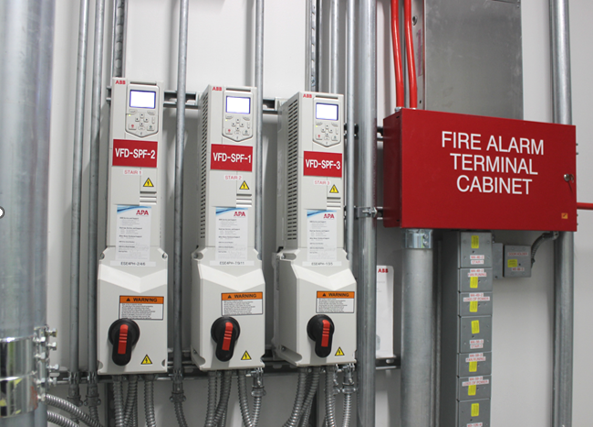Electrical and Building Management Checklist for Daylight Saving Time

Daylight Saving Time (DST) is the perfect opportunity for commercial building owners and managers to be proactive with their electrical and automated systems. A comprehensive review of these systems is necessary to maintain energy efficiency, system reliability, and tenant safety throughout the time transition.
Here is an essential checklist to help prepare your facility for the time change:
1. Adjust All Time-Sensitive Controls
The most critical task is to update every timer-driven system on the property. Manually adjust all mechanical time clocks for interior and exterior lighting (including parking lots and security fixtures), and make sure temporary overrides are cancelled. For modern facilities, check the central Building Management System (BMS) to confirm that lighting sweeps, HVAC schedules, and equipment power-downs have successfully updated. Finally, check and change the times on older fire alarm and card access systems to maintain accurate operational data and security logs.
2. Test and Validate Lighting and Climate Sensors
Optimize for the shift in daylight hours and weather. Inspect photocells and occupancy/vacancy sensors to make sure they are activating/deactivating at the correct ambient light levels. If your building uses daylight harvesting controls, confirm they are working to maximize natural light usage. Also, prepare for colder weather by checking all electric unit heaters and heat trace tape on exposed plumbing to prevent freezing pipes.
3. Prioritize Safety and Reliability Checks
The time change is an easy-to-remember reminder for critical safety maintenance. Conduct full-load testing of emergency generators, uninterruptible power supply (UPS), and emergency lighting systems to ensure they are ready for an unexpected outage. Additionally, change the batteries in all battery-powered fire and smoke detectors throughout the building.
4. Document and Optimize
Keep a detailed log of all manual timer and schedule changes for future reference and troubleshooting. Finally, advise maintenance staff to clean all lamps, reflectors, and lenses to maximize light output without increasing energy consumption. This is a small but effective step as natural light decreases in the evening.
Take the time now to proactively schedule these maintenance check-ins to prevent system failures, reduce energy waste, and maintain the continued reliability of your essential building infrastructure.
By John Henry, project manager at Interstate Electrical Services Corporation.


